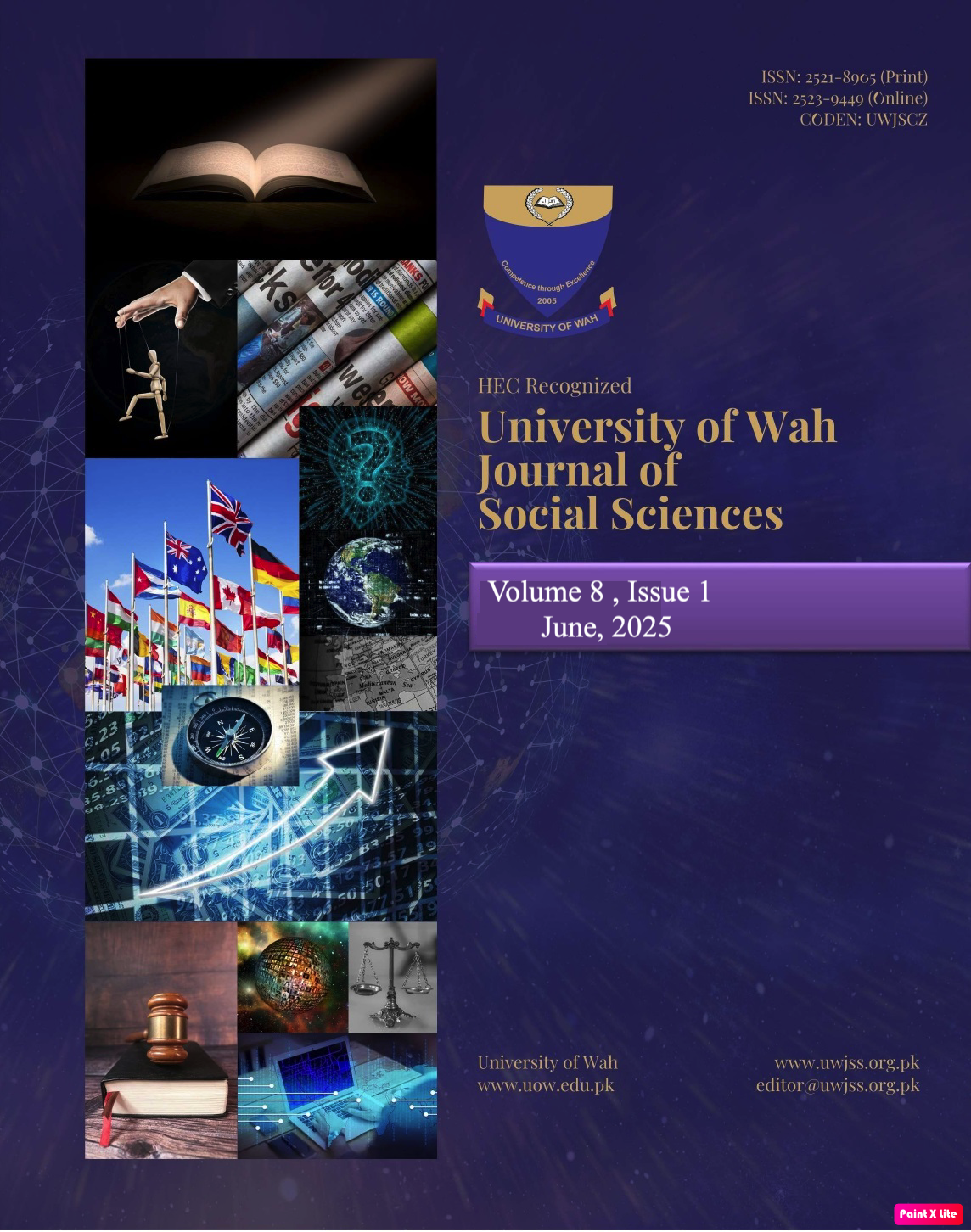How do Architects and Civil Engineers Conceptualize Space? A Cognitive Discourse Analysis of their Thought Patterns
Keywords:
Space, language, thought, CODA, architects, civil engineersAbstract
This study investigated how space and spatial parameters are conceptualized by civil engineers and architects. To achieve this objective, civil engineers and architects were given the task of planning/designing/describing a residential project using their professional software. Under the methodological framework of Cognitive Discourse Analysis (CODA) (Tenbrink, 2015), think aloud protocols were used to get an insight into the participant’s cognitive processes while performing the task. Their design descriptions were then followed by a set of retrospective questions. This linguistic data was then further examined in the light of Talmy’s parameters of space conceptualization. The findings revealed significant differences and similarities in the ways civil engineers and architects conceptualize space. In case of architects, space is an enclosure of planes but on the other side, it is an absence of rigid volumes. Rigid volumes can be bulky or dense forms but for architects’ space does not has to have calculated dimensions. Architects are more concerned with the 3-D structure of the spaces. Both however, conceptualize space by keeping users or client’s specific requirements – safety and privacy – in mind. Moreover, both are concerned about the materiality and haptics of the building too. Findings of this study may help us to understand that how different professions play an important role in shaping the spatial structures of individuals within the environment.

Downloads
Published
How to Cite
Issue
Section
License
Copyright (c) 2025 UW Journal of Social Sciences

This work is licensed under a Creative Commons Attribution 4.0 International License.




